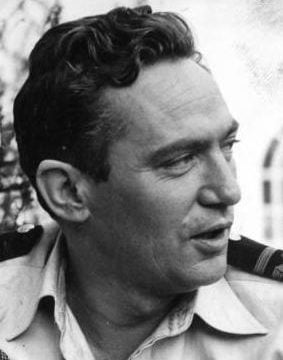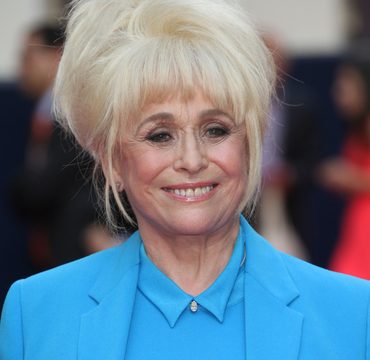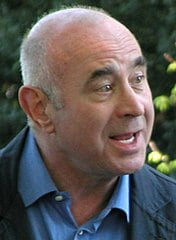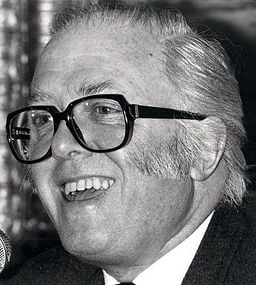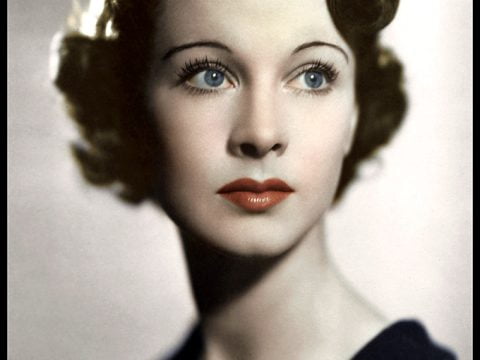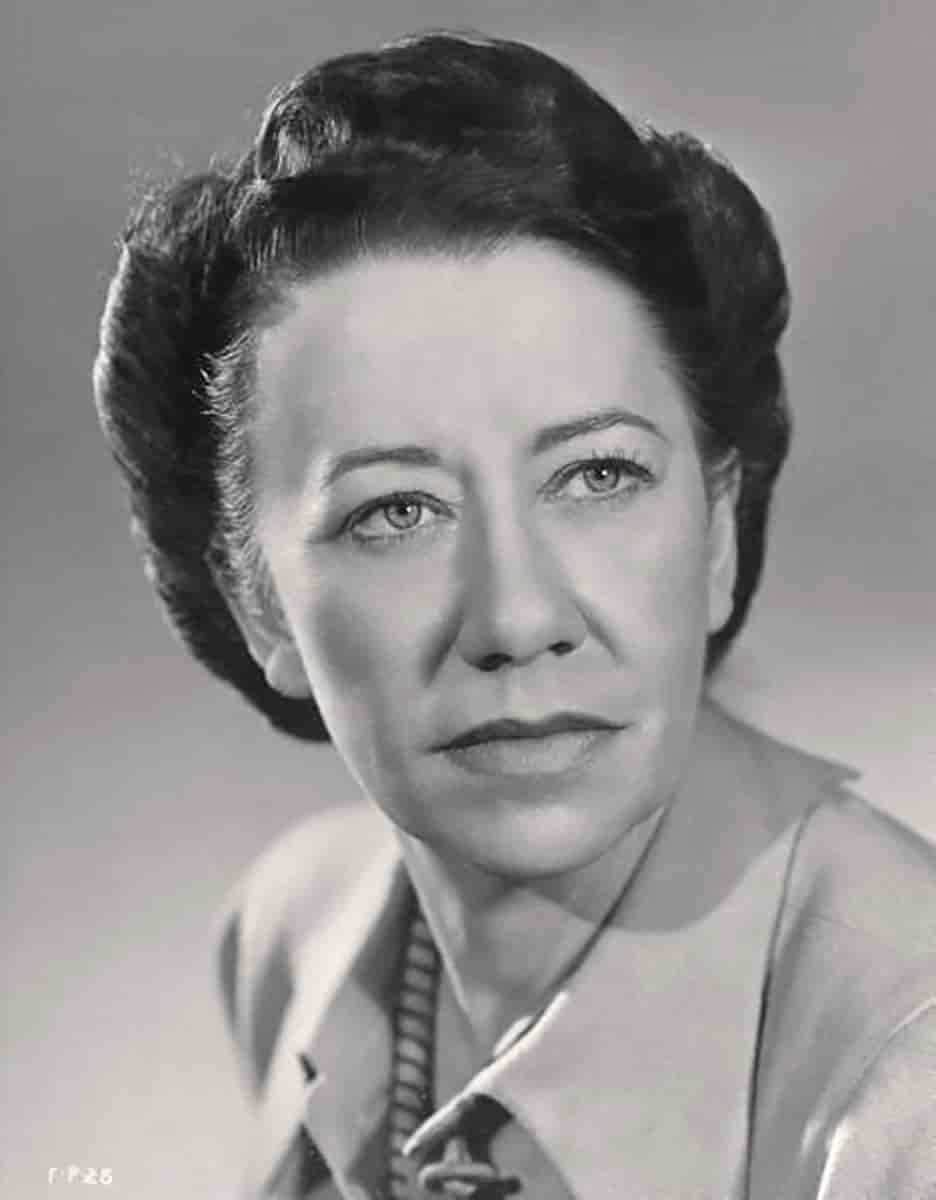
Early Life and Career
Flora (McKenzie) Robson was born on 28 March 1902 in South Shields, County Durham. The fifth of the six children of Eliza and David Robson, a ship’s engineer, she had four sisters and a brother. In 1907, the family moved from Wallsend to Palmers Green, North London. She was educated at Palmers Green High School. She first took to the stage, aged 5, after being entered into a recital competition by her father. It was something for which she continued to show considerable talent.
After finishing school, Robson studied at the Royal Academy of Dramatic Art (RADA). She made her debut professional stage appearance at the Shaftesbury Theatre in London, in 1921. In the following 3 years, she toured with a number of repertory companies. However, by 1924, she had become somewhat disillusioned by the theatre due to a lack of career opportunities. Robson was often told she lacked the necessary good looks to succeed as a dramatic actress. Thus, she decided that she needed a change of career. Her next job was that of a welfare officer in a food-processing factory. However, she was soon backstage as she formed an amateur dramatics group at the company.
Film Career
In 1929, Robson returned to professional acting after being urged by a friend to join the Cambridge Festival Theatre. After 2 years, she moved on to play at the Old Vic, where she won plaudits in a great variety of roles. She also made her film debut in 1931, after she landed an uncredited role in the crime drama “A Gentleman of Paris”.
Her first major film role came within three years when she starred as Empress Elizabeth in The Rise of Catherine the Great (1934). She notably starred in “Fire Over England” (1937), winning critical acclaim for her portrayal of Queen Elizabeth I. In 1939, Robson landed her first Hollywood role in an MGM production of Wuthering Heights. She went on to make her stateside stage debut the following year.
Some of Robson’s other most memorable films include; “The Sea Hawk” (1940) which starred Errol Flynn, “Caesar and Cleopatra” (1945), “Saratoga Trunk” (1945), “Black Narcissus” (1947), “55 Days at Peking” (1963), “7 Women” (1966). For her performance as the mixed-race maid in the Western drama-romance “Saratoga Trunk”, she was nominated for the Oscar as Best Supporting Actress.

Official movie poster for “The Sea Hawk” (1945). Image credit: (CC BY-NC-SA 2.0)
Later Career
Robson ended her stage career in the role of Elizabeth I in “Elizabeth Tudor, Queen of England” at the Edinburgh Festival in 1970. Though, she returned to tread the boards briefly in April 1975 as Miss Prism in ”The Importance of Being Earnest” at the Theatre Royal in Windsor. She appeared in more than 100 plays during her stage career, which lasted almost 50 years.
While ending stage career due to failing health, Robson continued to work in film and television through the 1970s. Her last television role was that of Sister Luke in the miniseries A Man Called Intrepid (1979). Her final big screen appearance was in a supporting role as a witch in the adventure fantasy film “Clash of Titans” (1981), starring Laurence Olivier and Claire Bloom. In all, Robson appeared in some 60 movies during her film career, which spanned 50 years (1931 – 1981).
Personal Life
Robson never married, nor had she any children. Her private life was primarily centred around her large extended family of sisters, nephews and nieces. She immigrated to New York, in 1950, but returned to the UK, in 1961, to live in Brighton. From 1976 onwards, Robson shared her Brighton home at Wykeham Terrace, with two of her sisters, Margaret and Shela.
In 1952, Robson was made a Commander of the Order of the British Empire CBE) in King George VI’s New Year’s Honours List. In 1960, award status was elevated to that British of Dame Commander (DBE) in Queen Elizabeth’s Birthday Honours.
The author Kenneth Barrow wrote a biography on Robson entitled; Flora: The Life of Dame Flora Robson (1981).
On a reflection on her life, she is quoted as saying “I’ve known very little personal love, but the public has always shown me great affection.”
Death
Robson died on 7 July 1984, aged 82, at the Royal Sussex Hospital in Brighton. She had been admitted only a week earlier, suffering from cancer. Flora’s sister, Shela died shortly after her, in 1984. Margaret passed away several months later in February 1985.
Dame Flora Robson was buried at St Nicholas churchyard Brighton, Sussex, England. Since her death, Blue Plagues have been erected at two of her London childhood homes and both her former Brighton residences to commemorate her life.
Header image credit: Creative Commons (Public Domain-Merket 1.0)
